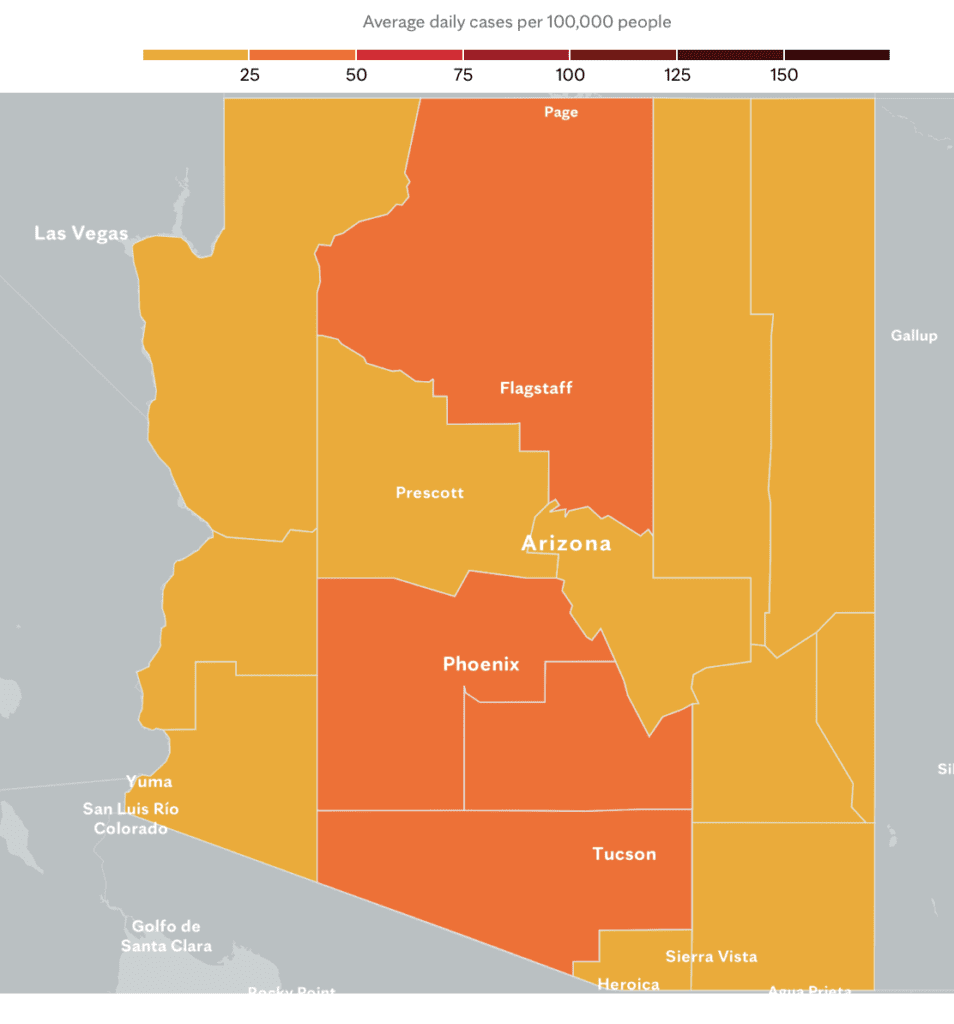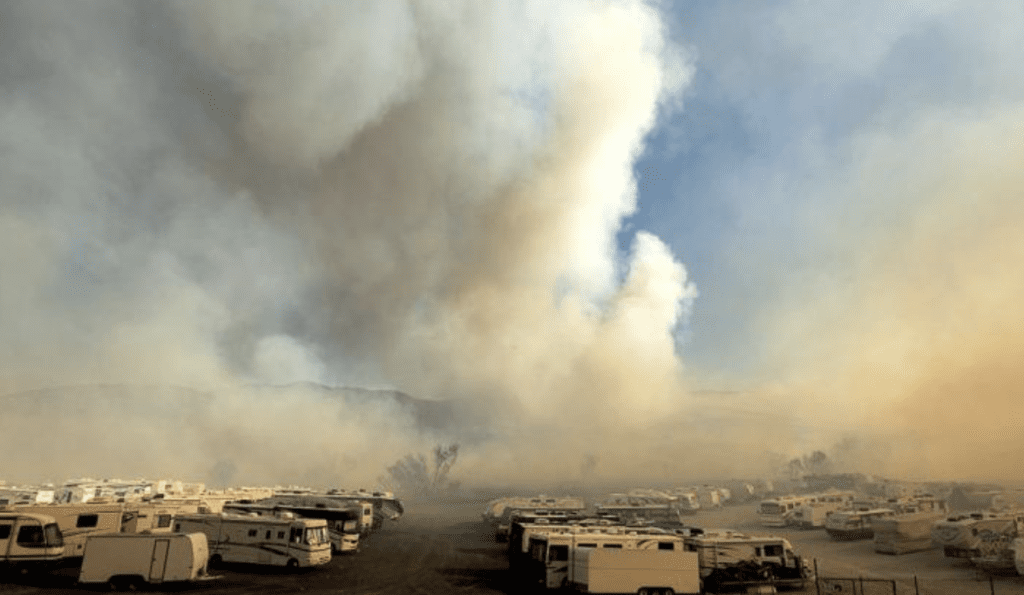Daniel Salzler No. 1153
EnviroInsight.org Five Items June 10 , 2022
—————Feel Free To Pass This Along To Others——————
If your watershed is doing something you would like others to know about, or you know of something others can benefit from, let me know and I will place it in this Information newsletter.
If you want to be removed from the distribution list, please let me know.
Please note that all meetings listed are open.
Enhance your viewing by downloading the pdf file to view photos, etc. The
attached is all about improving life in the watershed. If you want to be removed from
the distribution list, please let me know. Please note that all meetings listed are open.
Check our website at EnviroInsight.org
1. Celebrate World Oceans Day June 8, 2022 . If you were to weigh all of the water (Oceans, Seas, Lakes, Rivers, Creeks) on Planet Earth, it would weigh 1,450,000,000,000,000,000 or 1 quintillion 450 quadrillion short tons on water.
All of this water keeps the planet temperature stable and our landscapes beautiful. But the oceans do something else that most of us us know very little about. They protect us increasingly from ourselves.
As you know, for the past few hundred years, we have aded extra gas to our skies from factories and power plants and exhausts and these greenhouse gases trap heat and make the earth’s atmosphere warmer and the more, greenhouse gas there is in the air, the warmer our earth gets, unless something around us, already here in place, can suck up that extra added heat .tuck it away and cool us off a little. Luckily for us there is indeed such a something oceans re great heat sponges. I mean they’re super good at it more than 90% of the extra heat that we add to our skies every year from greenhouse gases get absorbed down into the cool oceans and stays there, hiding our heat like that and scientists have measured how much heats gets swallowed and , it’s a pretty big number – 2 X 10 to the 23rd joules of heat energy per year. Since 1996 the world’s oceans have absorbed the heat equivalent of roughly five atomic bombs exploding every second since 1996.
About 20 years ago, countries all over the world began dropping what looks like giant hypodermic needles into the oceans where they measure temperature and salinity (saltiness) and then bob up to the surface and send the results directly to more than 3,000 satellites in the sky. The satellites are known as “Argos” after “Jason and the Argonauts”, in Greek Mythology, and combined with various other measuring projects, they tell us the oceans are getting warmer. The upper 700 feet have already warmed by 1.3 degrees fahrenheit since 1900. Now, if 1.3 degrees seems like it’s not much, think about how much time it takes to warm a pot of tea water – not long.
Water has a high heat capacity which it means that on a sunny day a dark stone will get hot almost immediately, same with the hood of a black car, but a puddle of water takes more time and needs more sunshine to get even one degree warmer, so it’s kind of a surprise that the surface of an enormous puddle quadrillions tons of ocean water has already warmed by more than a degree, the oceans don’t look different, but it turns out each extra degree has an effect. For one thing as water warms it stores less oxygen so there are now more low oxygen zones, sometimes called suffocation zones where it’s harder for a fish to breathe so either they die or mostly, they flee to areas where it’s still safe to breathe, but that makes for a more crowed and not very healthy ocean.
Warmer waters change chemistry, so animals have more trouble getting the minerals they need to build shells and coverings, leaving them increasingly naked and in danger and that is starting to happen too. When water gets warmer, it expands and swells flooding the shores eating into land and warmer water puts more moisture in the air which makes more rain and more wind and more damage and yet, for so long the oceans have been our silent ally helping us to stay cool more than trees do or fields or ice or even air all of those things absorb heat. Put these on a graph and it looks like this:

Here’s how much heat the oceans absorb.
It is a gigantic gift cooling us yer after year for free, except it’s not exactly free because the oceans sitting on all of that heat are beginning to change and it we keep adding greenhouse gases to the sky going forward, we’re going to have to pay a new price because as ig and as vast as the oceans are, the heat we have aded has hit the point where those generous tons and tons of ocean water are now saying, enough
Source: Robert Krulwich. Presented by CBS “Sunday Morning” you can go online to:
2. Maricopa County Residents Green Waste Drop Off Events ONLY. Starting on July 1, 2022, the Maricopa County Waste Resources and Recycling Division’s Transfer Stations will no longer accept bulk green waste year round. Cave Creek, Hassayampa, and Rainbow Valley will only accept unbagged, bulk green waste. Aquila, New River and Morristown Transfer Stations will require green waste to be bagged waste.

After this date, green waste and bulk lumber disposal will now be offered on a quarterly basis.
– The first quarterly collection will be held October 2022. A final schedule, by location, will be posted online by July 2022.
– Bagged and bundled green waste will continue to be collected on days the transfer stations are open.
– Alternative locations: green waste disposal services may be available at other nearby public or private transfer stations outside of
these dates.
– The Maricopa County Board of Supervisors is considering a fee change for green waste disposal services. Please visit
www.maricopa.gov/2734/Environmental-Services for more information and to provide feedback regarding the proposed change (case
number ES-2022-001).
Questions? Contact Waste Resources & Recycling at 602-506-4006 or at ESD.maricopa
3. Free Covid Testing Kits. Mayo Clinic is tracking COVID-19 cases and forecasting hot spots. All data and predictions include the delta and omicron variants and other SARS-CoV-2 variants such as BA, BA2 etc.

Mohave County
Average number of daily cases – 40.1
Per 100,000 people 19.5
La Paz County
Average number of daily cases – 1.4
Per 100,000 people – 6.9
Yuma County
Average number of daily’s cases – 12.3
Per 100,000 people – 5.9
Coconino County
Average number of daily’s cases – 50.3
Per 100,000 people – 35.9
Yavapai County
Average number of daily’s cases – 50.7
Per 100,000 people – 22.6
Maricopa County
Average number of daily’s cases – 1,400.3
Per 100,000 people – 32.9
Pinal County
Average number of daily’s cases – 123.9
Per 100,000 people – 29.5
Pima County
Average number of daily’s cases – 324.0
Per 100,000 people – 31.8
Navajo County
Average number of daily’s cases – 23.0
Per 100,000 people – 21.2
To obtain additional Covid tests for free, go to Covidtest.gov
Apache County
Average number of daily’s cases – 12.6
Per 100,000 people – 17.6
Continue to wash your hands frequently throughout the day.
Graham County
Average number of daily’s cases – 4.0
Per 100,000 people – 10.6
Greenlee County
Average number of daily’s cases – 0.7
Per 100,000 people – 7.5
Cochise County
Average number of daily’s cases – 31.1
Per 100,000 people – 24.7
4 .ENVISIONING A CLIMATE-RESILIENT TUCSON (VIDEO) – A public workshop was held recently at the Tucson Convention Center to hear the community’s perspectives and to discuss how to co-create a Tucson that is resilient and thrives in the face of climate change. You can watch the full presentation, or a synopsis, by following the links below.
Watch the full presentation
Watch the synopsis
City of Tucson Climate Action Hub
5. Climate-Driven Wildfires Are Exposing Millions to Dirty Air. During the early months of the pandemic in 2020, shelter-in-place orders forced millions across the country to curb their cars. With traffic all but disappearing, and polluting tailpipes along with it, an unexpected experiment got underway on a grand scale: What would happen to air pollution if drivers in the nation’s biggest cities suddenly gave up their cars and stopped commuting?

Turns out not much, according to the new American Lung Association 2022 State of the Air report. And climate-driven wildfire is a big reason why.
Between 2018 and 2020, more than four in 10 Americans, or over 137 million people, lived in counties with unhealthy levels of ozone or particle pollution. During those three years, 9 million more people were impacted by spikes of short-term high particle pollution than during the previous three-year period, according to State of the Air. All told, 47 counties in eight states—home to 34 million people—saw a total of 116 days of unhealthy Code Purple days that were recorded in last year’s report, and 26 counties across six western states saw hazardous, or Code Purple–level, air quality.
“It’s primarily wildfire,” Paul Billings, the national senior vice president for public policy at the American Lung Association, told Sierra. “We’re seeing the impact of wildfires particularly in the West, and that’s why more people are being exposed to these deadly high particle pollution days. Clearly wildfires are impacting the health of people, whether they live nearby or hundreds or thousands of miles away.”
Breathing dirty air can mean more coughing, wheezing, and shortness of breath for healthy adults, and more serious consequences for pregnant women and for those with chronic diseases such as asthma, chronic obstructive pulmonary disease, and cardiovascular disease. Air pollution has been linked to stroke, childhood leukemia, and premature death, among other serious conditions. According to State of the Air, 2.3 million children and 10 million adults suffering from asthma live in counties that scored an F for at least one of the three primary pollutants studied: short-term or daily spikes in particle pollution; annual particle pollution, also known as soot; and ozone, also known as smog. Over 66,000 people diagnosed with lung cancer in 2018 live in a county that received a failing grade. Source: Sierra Magazine April 21, 2022.
Copyright EnviroInsight.org 2022
